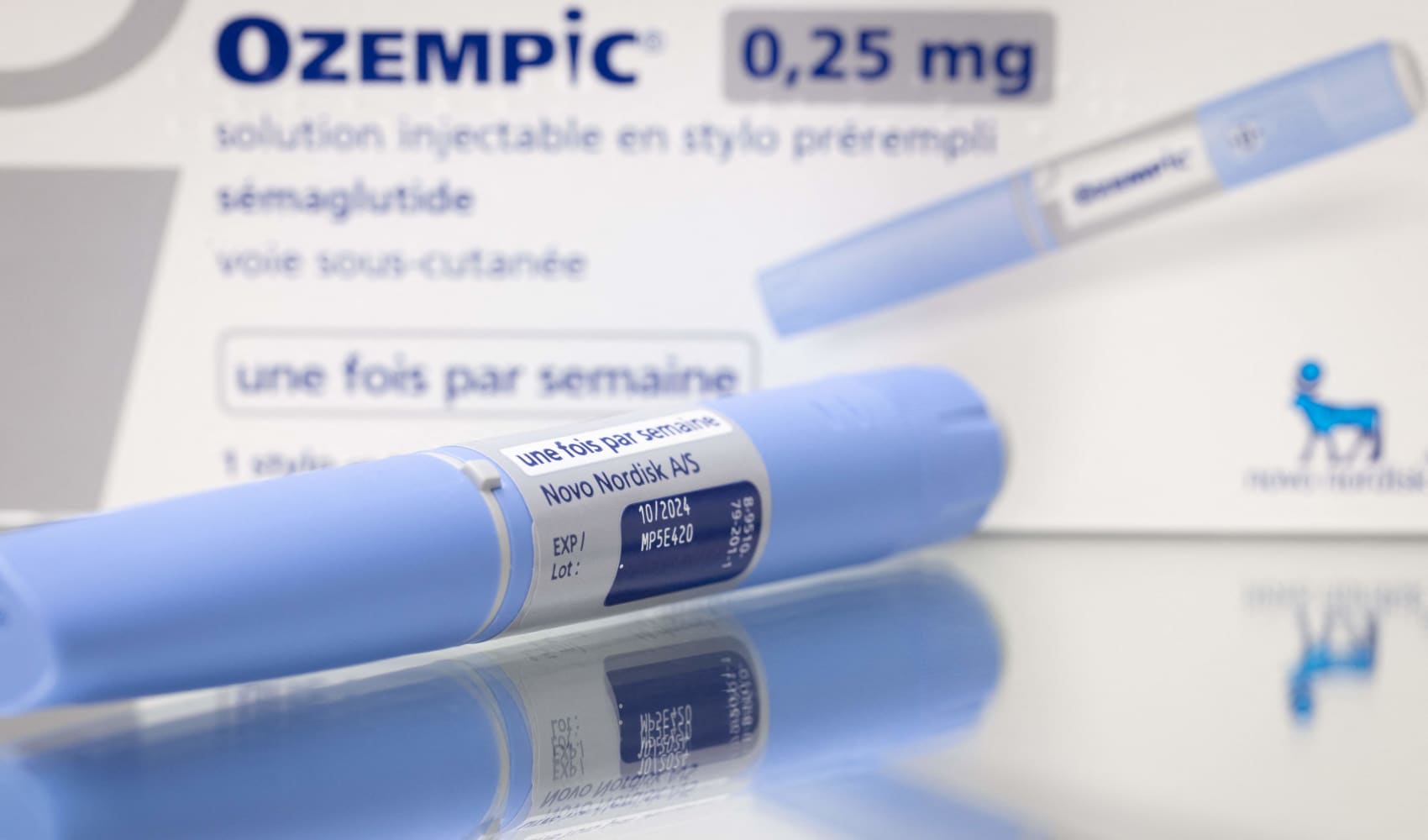Imagine having to constantly worry about food getting stuck in your throat!
That's normal life for patients who have a swallowing disorder called achalasia, but a minimally-invasive treatment has eliminated those worries for one North Texas woman.
Life for Jennifer Smilie tastes a lot better than it used to.
"I can eat food and not have to worry about where is the nearest waiting room so I can go in the ladies room and vomit whenever food would get stuck!" said Smilie.
That was the norm for Smilie, who was diagnosed with achalasia more than ten years ago.
Achalasia is a rare disorder of the esophagus, the tube that carries food from the throat to the stomach.
It occurs when nerves in the esophagus become damaged and as a result, the esophagus loses the ability to squeeze food down into the stomach.
Health Connection
Get connected to a healthier life.
The traditional treatment is a Heller myotomy, in which the surgeon cuts the muscle at the lower end of the esophageal sphincter to allow food to pass more easily into the stomach.
Dr. Steven Leeds of Baylor Scott & White was one of the first doctors in North Texas to offer a endoscopic treatment called peroral endoscopic myotomy, or POEM.
The surgeon uses an endoscope inserted through your mouth and down your throat to create an incision in the inside lining of your esophagus.
Then, as in a Heller myotomy, the surgeon cuts the muscle at the lower end of the esophageal sphincter. POEM doesn't include an anti-reflux procedure.
Smilie underwent the procedure and says it drastically improved her quality of life.
She can eat anything she wants without fear of food becoming stuck in her throat.
"I feel better. I can be with my family more. I enjoy my life more. It has really improved everything for me."




